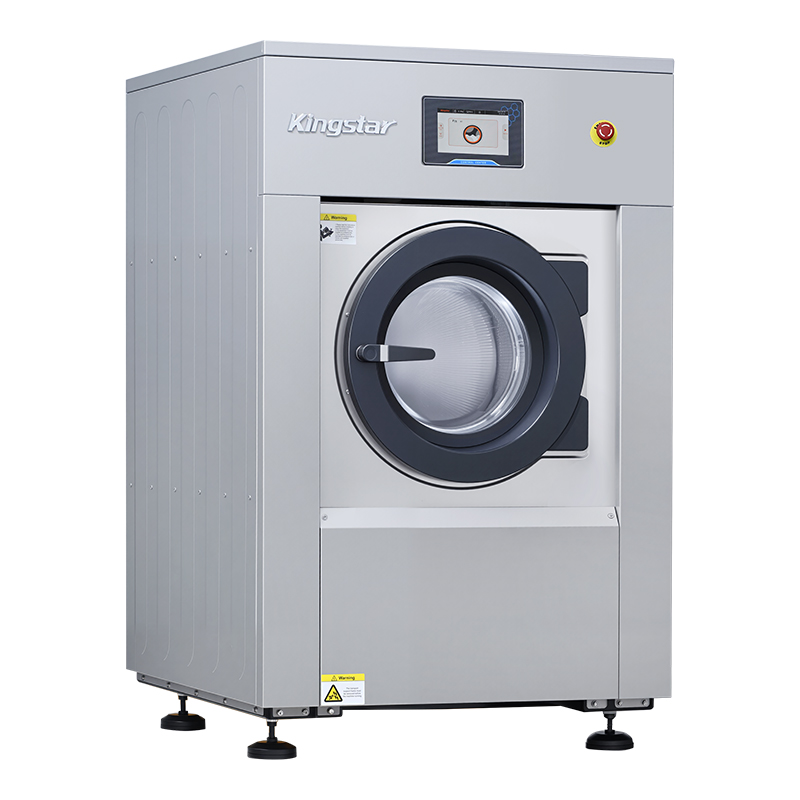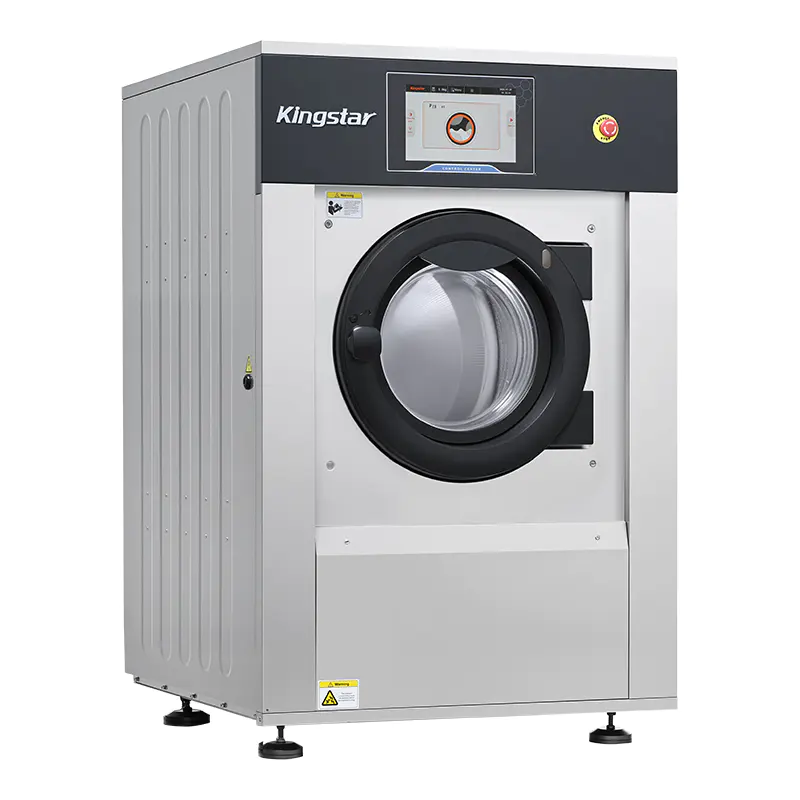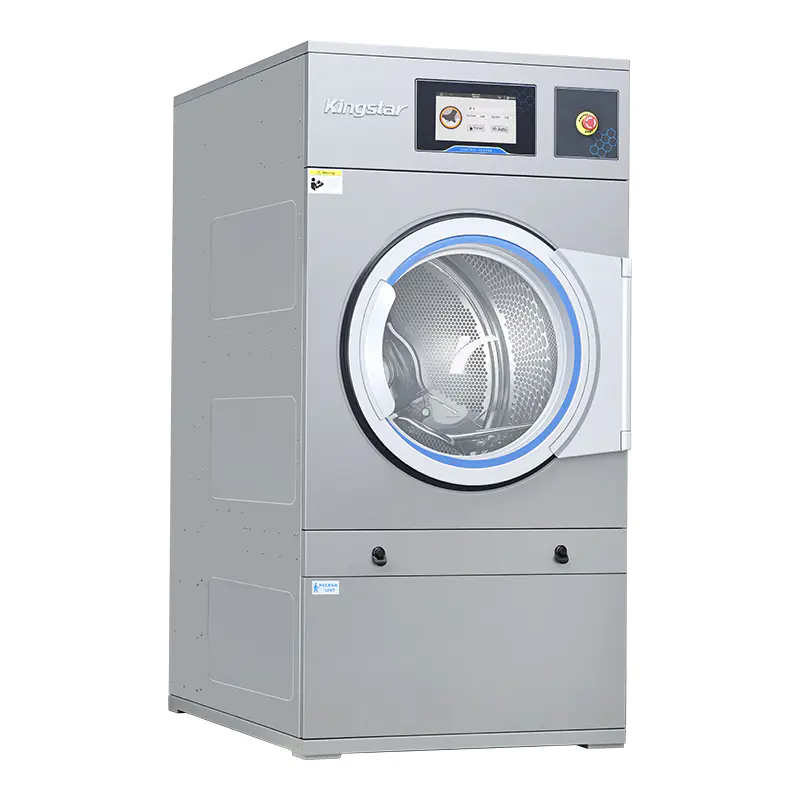
Classification and Characteristics of Fabrics: Chemical Fibers
In the previous article, we introduced the natural fibers of the clothes. In this article, we will continue to introduce the chemical fibers. There are four common chemical fibers in fabrics: Polyester fiber, nylon, acrylic, and spandex. We will focus on analyzing their characteristics and key points for daily washing and maintenance.
Polyester
The history of polyester is long and has a wide range of applications. Due to the advancement of technology, its comfort level has increasingly improved. It has good elasticity, excellent drape, high strength, wear and tear resistance, and high color fastness (not prone to fading). However, as a chemical fabric, it also has the common shortcoming of poor air permeability, and is prone to having static electricity and absorbing dust in a dry environment.
- Washing point
Water temperature: low-temperature water cleaning (not over 40℃)
Detergent: choose the neutral detergents
Anti-static electricity: Adding an appropriate amount of clothing softeners can reduce problems caused by static electricity.
Nylon
Nylon has good elasticity, extremely high strength, and excellent wear resistance. It’s an ideal fabric for outdoor clothing and sports equipment.
Drawbacks: not heat-resistant, prone to static electricity, and easily ages and becomes brittle when exposed to strong ultraviolet rays for a long time.
- Washing point
Water temperature: low-temperature water washing (no more than 45℃)
Detergent: Use neutral detergents
Anti-static electricity: add softeners during the rinsing process
Drying: Avoid direct sunlight. It is recommended to choose low-temperature drying or choose a well-ventilated place to dry the clothes so as to protect the fibers and delay aging.
Acrylic
Acrylic is often hailed as faux wool. It has good warm retention, fluffiness, and soft touch, and its strength is superior to that of wool. It is often blended with wool to make overcoats, knitted sweaters...
The disadvantages: prone to static electricity and pilling.

- Washing point
Acrylic and wool blend:
Priority should be given to the care methods for wool, and dry cleaning is usually recommended. Wet cleaning can also be adopted. During the rinsing process, fabric softener can be added to reduce static electricity. After drying, pilling treatment should be carried out to maintain a good appearance.
Pure Acrylic:
Water temperature: warm water washing (40℃-50℃)
Detergent: Choose low-alkaline or neutral detergents.
Anti-static electricity: Add softeners during the rinsing process.
Pilling treatment: After drying, check the clothes. If pilling occurs, remove the pilling treatment.
Spandex
It is fiber with extremely good elasticity. It is usually not used alone but added in small amounts (about 3%-5%) to other fabrics (cotton, polyester, and nylon), significantly enhancing the elasticity and resilience of clothing (such as tight-fitting clothes, jeans, and swimsuits).
- Washing point
Due to its low content, the washing and care mainly rely on the main fiber components in the fabric (such as cotton and polyester). Just be careful not to overstretch.
Conclusion
Mastering the characteristics and washing points of the chemical fibers can help us take care of clothes more scientifically, extend their service life, and keep them in the best condition.
ADD:No.388 Xinggang Road, Chongchuan District, Nantong City, 226000, Jiangsu Province, China.
-
Phone: +86-13917089379
-
Tel:+86-13917089379
-
Fax:+86-0513-85663366
-
E-mail:[email protected]








